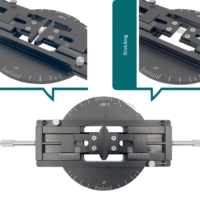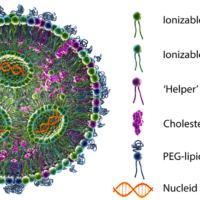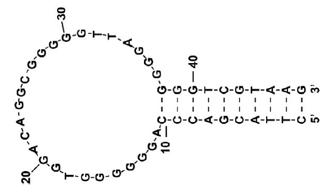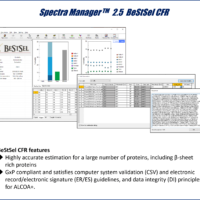Introduction
The orientation status of polymer materials such as films and chemical fibers are closely related to the functions and properties of materials. Even polypropylene (PP) films of the same material are used in different orientations depending on the required application, such as abrasion resistance, moisture resistance, and transparency. Polarized Raman spectroscopy is one of the methods to evaluate the difference in the orientation of macromolecules.
This article describes the results of orientation analysis of various polypropylene products with polarized measurements using a confocal Raman microscope and the rotational alignment function of the IQ Frame.
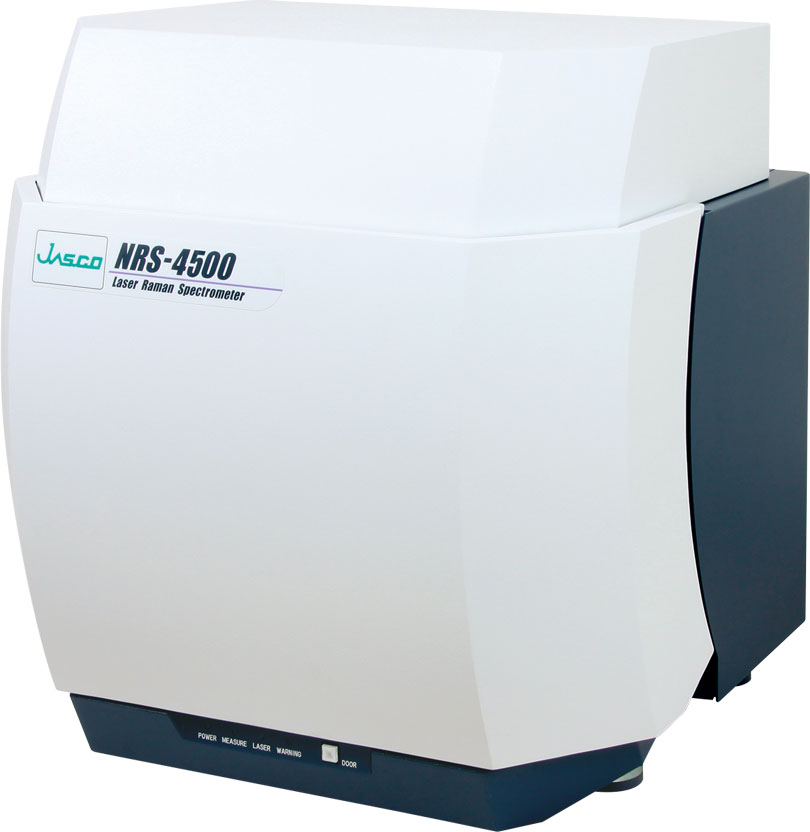
NRS-4500 Raman microscope
Experimental
Measurement #1 : Orientation evaluation of three types of PP products
The orientation of three types of PP products with different uses as shown below were evaluated.
(A)PP used as a packing string
(B)PP used as a packing for letter sets
(C)PP used as a pockets for clear book
Measurement #2 : Orientation evaluation of PP used for multilayer film
The PP layer of the multilayer film for food package shown in Figure 1 was measured this time. Figure 1 shows the layer structure of the cross section of the multilayer film visualized by imaging measurements with a Raman spectrophotometer (refer to the other article) . The PP layer is used for two layers, the outside and the inside of the package, and the orientation was evaluated in the cross section of each layer.
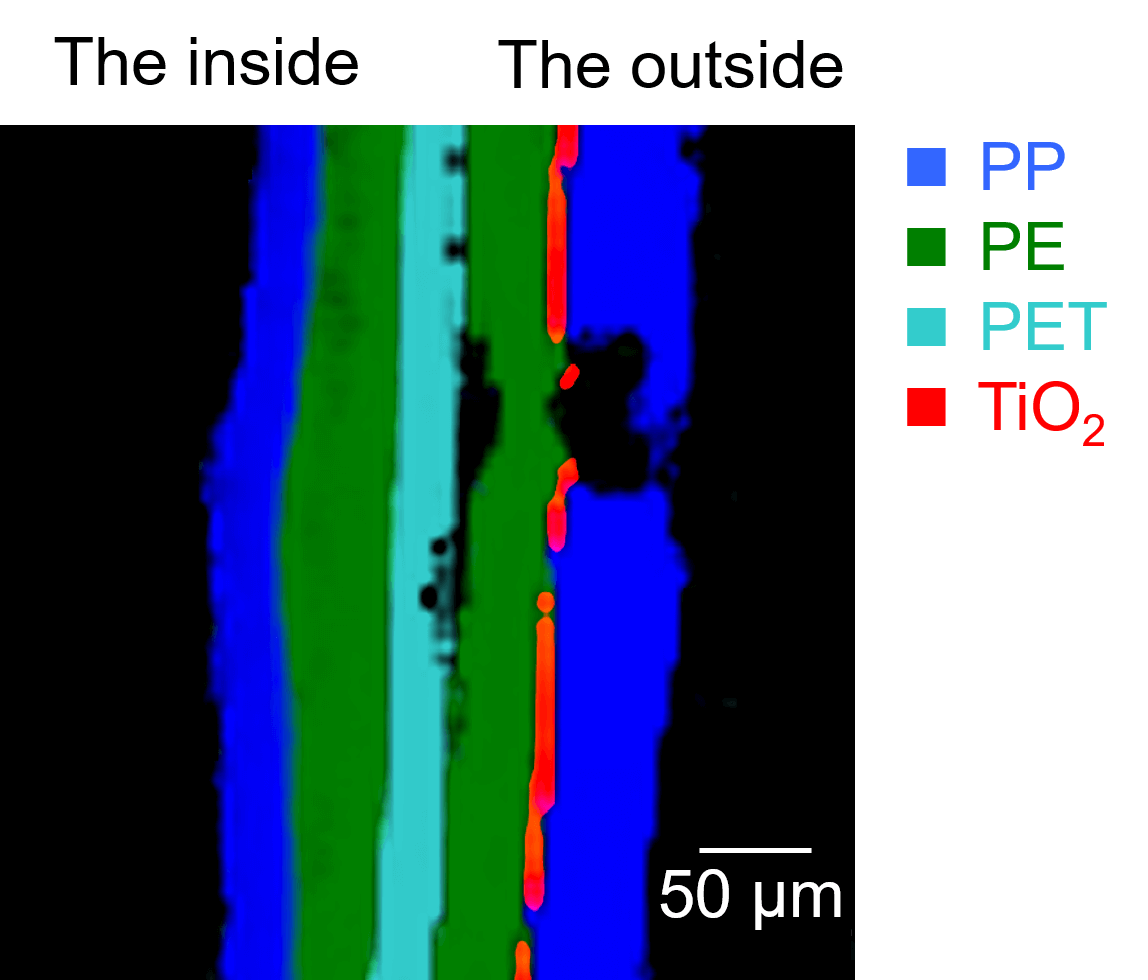
Figure 1. Chemical image of cross section of food packaging multilayer film
In the measurement #1, PP products were fixed on a metal plate, and in the measurement #2, a multilayer film with an exposed cross section was fixed with a micro vise, and set in the IQ Frame for measurement. Rotation of the samples (Measurement #1 by increments of 15o steps, Measurement #2 by increments of 30o steps, all 360o rotation) was performed using the angle scale on the IQ Frame, and the rotation alignment function was used to accurately adjust the gap of the measurement position after rotation.
<Measurement conditions>
Excitation wavelength: 532 nm
Objective lens: 20x
Exposure time: 3 seconds
Accumulation: 2 times
Results
The peak height of the C-C stretching vibration indicated by the arrow in the spectra shown in Figure 2 was used to evaluate the orientation of PP. The peak of C-C stretching vibration is closely related to the degree of orientation.
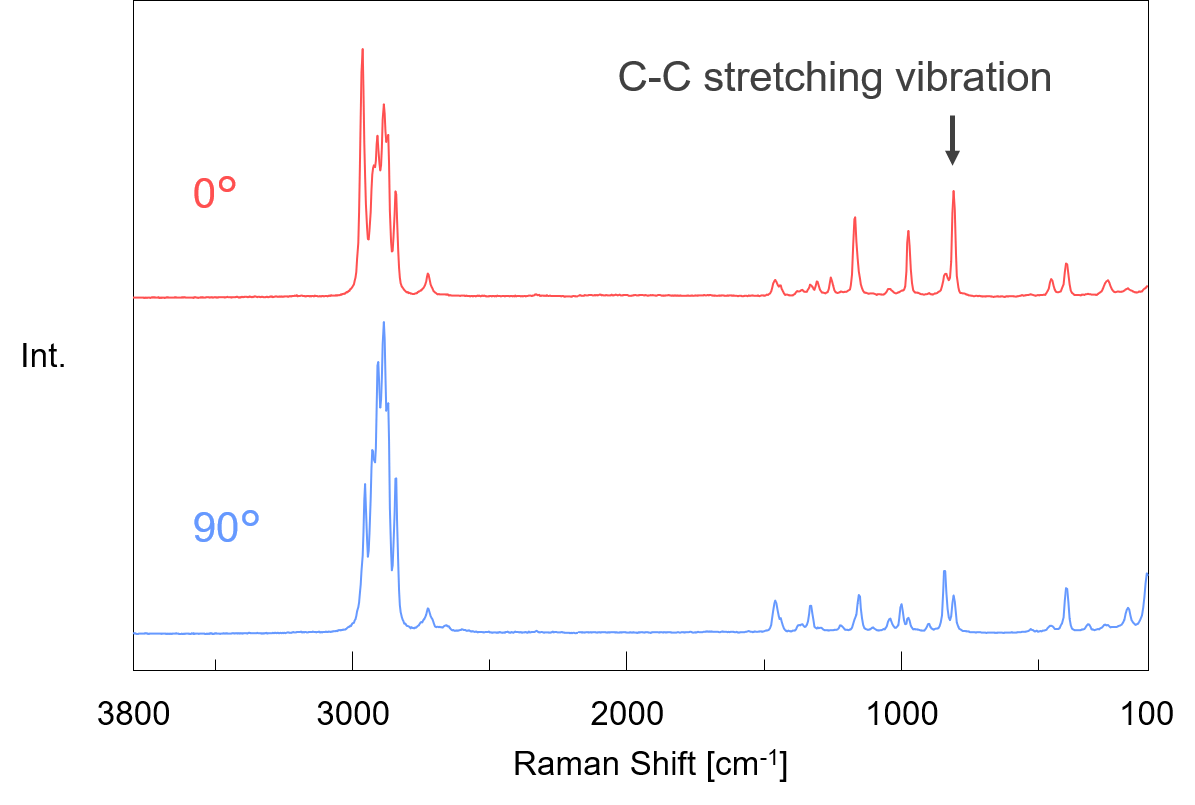
Figure 2. Spectra at 0º and 90º (A, PP used as a packing string: uniaxially oriented PP)
Figure 3 shows the results of plotting the peak height of C-C stretching vibration at each angle on polar coordinates in Measurement #1. Based on the shape of plot, it was found that (A) was uniaxially oriented PP, (B) was biaxially oriented PP (Oriented Polypropylene, OPP), and (C) was unoriented PP (Cast polypropylene, CPP).

Figure 3. Measurement #1 results
In addition, based on the evaluation results of Measurement #2 shown in Figure 4, it was confirmed that the two layers of PP in the same multilayer film had different orientation. Based on the shape of the plot, it was inferred that the film of inside was stretched more uniformly in the vertical and horizontal directions than the film of outside. Thus, it is thought that the function of the material is strengthen by combining films with different orientations.

Figure 4. Measurement #2 results
Conclusion
Combining the polarized micro Raman spectrometer and the rotational alignment function of IQ Frame, the orientation status of the single-component PPs as well as the layers of multilayer film was able to be evaluated accurately. Materials consisting of the same components may have different orientations, and a polarized micro Raman spectrometer enables more detailed analysis of materials.

